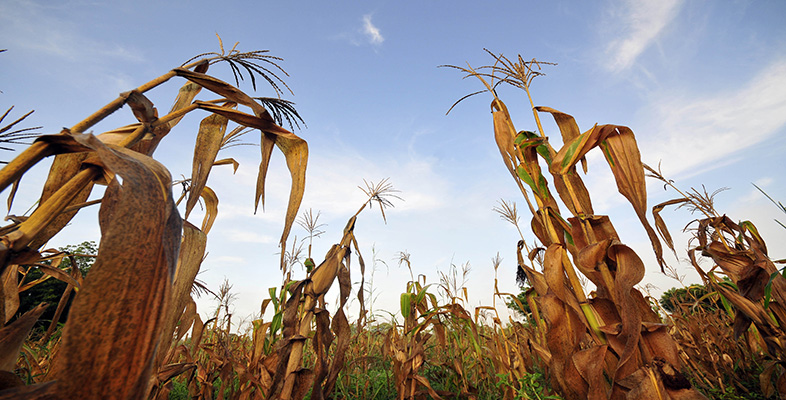6 Finding a balance
6.1 The path to prevention
So far in this Introduction I have concentrated on some specific environmental issues, which has inevitably meant I have spent time looking at problems and their possible causes. A balanced account would look in similar detail at possible responses and solutions. The Greenfreeze example in Case Study 1 was one attempt at a solution. At the local scale, in the factory, scientists and engineers have always provided society with solutions to the problems of pollution and threats to public health. There is not space here to do more than summarise the types of approaches taken to dealing with pollution and other environmental problems but they do illustrate the growing sophistication of environmental managers in the face of our growing responsibilities for the environment.
The question I wish to address in this final section is: how do we balance human needs with those of the environment? My first answer is the practical approach – get rid of the damaging effects.
Earlier, in Section 1.3, I outlined some of the changes in environmental attitudes that have taken place since the Industrial Revolution, as both our impact on the environment and awareness of this have grown. These changing attitudes have been paralleled by the approaches taken to dealing with the problems by legislators and industry. Broadly speaking they fall into three categories. The first is characterised by 'laissez faire' attitudes (essentially letting the environment absorb the problem). The approach of early human settlements has been called 'foul and flee' – when environmental problems became obvious, people simply upped and moved elsewhere. In the industrial age it has been represented by two policies, 'concentrate and contain' and 'dilute and disperse'. The former is usually applied to landfill and the latter is reliant on air and water to dilute pollutants until they are no longer a threat. Both assume the environment can take the strain, and have failed badly when long-lived toxic chemicals have leaked from dumps, or concentrated in food chains instead of being dispersed.
The second broad category is the control of pollutants as they leave their source: the 'end-of-pipe' approach. This has been successful when filters and scrubbers are applied to individual sources, for example removing sulphur dioxide from power station effluents to prevent acid rain, and is the principle behind catalytic converters for controlling vehicle emissions. However, this method can be costly.
The third category is based on the precautionary principle and aims to prevent pollution rather than cure it – particularly by reducing the material flows or substituting less harmful materials – and we have seen examples of these in the first two case studies. A variety of techniques can be applied to the design of industrial and economic processes from 'waste minimisation' to the use of 'clean technology' and come under the general heading of preventative environmental management (Jackson, 1996, pp. 58–83).
